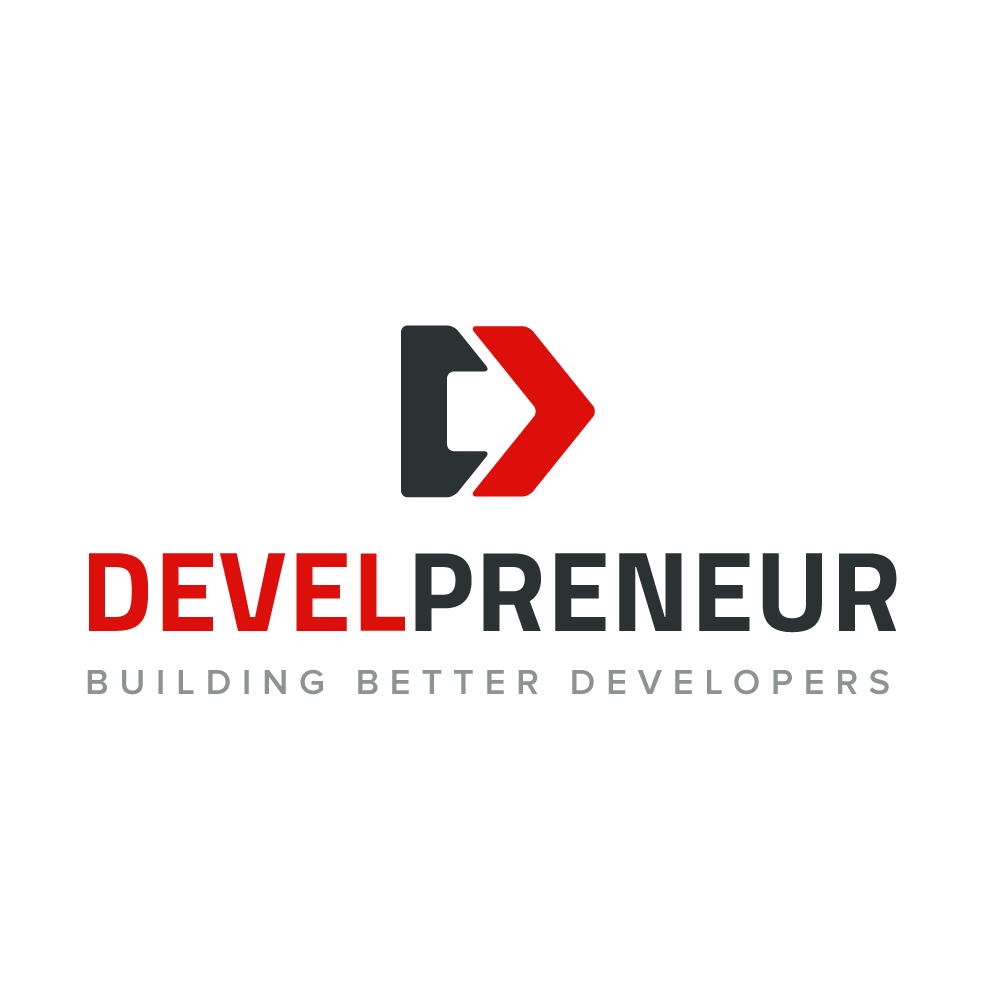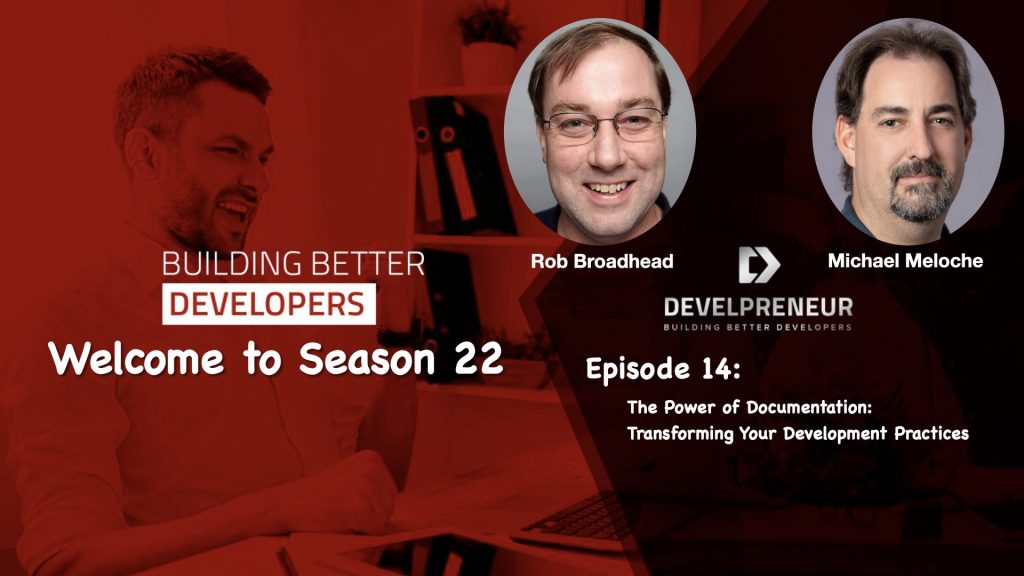Welcome back to our series on the developer journey. In this episode, we tackle one of the most crucial yet often neglected aspects of development: the power of documentation. While it might seem tedious, proper documentation is vital to enhancing your workflow and ensuring that your work is accessible and understandable for others.
Why The Power of Documentation Matters
Developer documentation is often the unsung hero in the software development lifecycle. Many developers overlook it, leading to frustration down the line when they or their colleagues struggle to understand undocumented code. Documentation is akin to testing: everyone acknowledges its importance, yet it frequently gets pushed aside due to time constraints. This negligence can result in messy, hard-to-navigate codebases.
The truth is that high-quality documentation is indispensable. It’s not just about creating records but ensuring that your code’s functionality is clear and easily understandable for anyone who might work with it in the future. Good documentation reflects your professionalism and dedication, whether you’re writing APIs or developing software.
Leverage Modern Tools
The good news is that documenting your work has never been easier. Today’s tools have revolutionized how we approach documentation, making it more integrated and less of a chore. For instance, if you’re building APIs, tools like Swagger (now known as OpenAPI) can auto-generate user-friendly and comprehensive documentation. Similarly, Postman not only helps with API testing but also assists in creating documentation.
In addition, static code analysis tools can help highlight areas that may require documentation, but they’re only part of the solution. Modern auto-generation tools like Javadoc have set a precedent for documentation in various languages. Whether you’re working with Java, Python, or JavaScript, there’s likely a tool available to auto-generate documentation for your code. The key is to explore and understand what’s available for your specific environment.
Integrate the Power of Documentation Throughout the Development Process
Documentation should be seamlessly integrated into every phase of development. It’s not limited to code comments or README files; it extends to comprehensive setup guides, deployment instructions, and user manuals. For instance, ensuring your README file includes details on how to set up and deploy the application can save a lot of time for those who come after you.
Moreover, tools like GitHub, Bitbucket, and Atlassian provide robust platforms for managing documentation alongside code. With these tools, you can create wikis, track issues, and maintain up-to-date documentation that evolves with your project. This way, your documentation is accurate and consistently synchronized with your codebase.
The Power of Documentation for Different Audiences
Understanding your audience is crucial. Developer documentation must often cater to various stakeholders, including developers, testers, and end-users. Here’s a breakdown of what each might require:
- Developers: Need detailed comments on functions, classes, and APIs. This includes input parameters, return types, and possible exceptions. Well-commented code makes it easier for other developers to pick up where you left off without digging through the entire codebase.
- Testers: Require information on how the application should behave under different conditions. This includes setup instructions, test cases, and expected outcomes. A clear test plan and test case documentation can streamline the quality assurance process.
- End-users: They need user manuals and release notes that explain how to use the application and what’s new in updates. This documentation should be clear, concise, and tailored to the user’s level of expertise.
Embracing the Power of Documentation
Good documentation is more than just a set of guidelines or instructions; it’s essential to a well-oiled development machine. When done right, it transforms the way teams work together, reduces the likelihood of costly errors, and ensures that your code can be easily maintained and evolved.
By prioritizing documentation, you’re investing in the long-term health of your projects. It fosters collaboration, enhances understanding, and leads to more reliable and robust software. In a fast-paced development environment, where changes are constant, and the stakes are high, having thorough and accessible documentation is not just a best practice—it’s a competitive advantage.
So, as you continue your development journey, remember that documentation isn’t a task to be completed and forgotten. It’s an ongoing process that should evolve with your code, adapting to new features, updates, and changes. Embrace, champion, and make it a core part of your development process. In doing so, you’ll improve your efficiency and contribute to a culture of clarity and excellence in software development.
Stay Connected: Join the Developreneur Community
We invite you to join our community and share your coding journey with us. Whether you’re a seasoned developer or just starting, there’s always room to learn and grow together. Contact us at [email protected] with your questions, feedback, or suggestions for future episodes. Together, let’s continue exploring the exciting world of software development.
Additional Resources
- Organizing Business Documentation: A Critical Challenge for Entrepreneurs
- Test-Driven Development – A Better Object-Oriented Design Approach
- SDLC – The software development life cycle is simplified
- Using a Document Repository To Become a Better Developer
- The Developer Journey Videos – With Bonus Content

